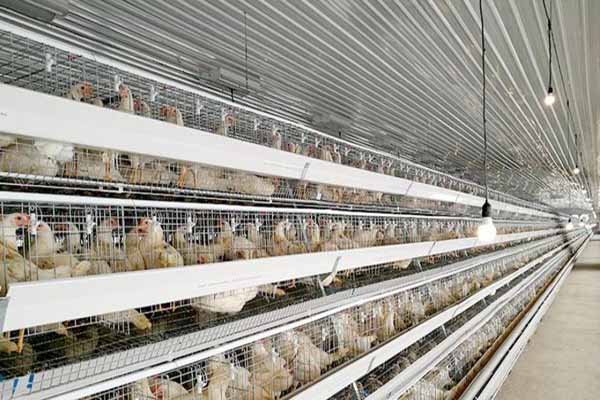Understanding the Automation Cost of a 10,000 Chicken Farm in Tanzania
Time : 2025-04-26
When it comes to setting up a 10,000 chicken farm in Tanzania, automation is a game-changer. It not only improves efficiency but also ensures that the farm runs smoothly even when you’re not around. However, one of the most pressing questions that come to mind is, “How much does it cost to automate a 10,000 chicken farm in Tanzania?” Let’s dive into the details and break down the costs involved.
Introduction to Farm Automation
Automation is the process of using machines and technology to perform tasks that were previously done by humans. In the context of a chicken farm, automation can cover a range of operations, from feeding the chickens to monitoring their health and ensuring their environment is perfect for growth.
Factors Influencing the Cost of Automation
Before we get into the nitty-gritty of the costs, it’s essential to understand that the automation cost for a 10,000 chicken farm in Tanzania can vary significantly based on several factors:
1. Scale of Operations: The larger the farm, the more extensive the automation needs will be.
2. Type of Automation: Different types of automation technologies will have different price tags.
3. Local Market: Prices can vary depending on the availability and cost of technology in Tanzania.
4. Customization Needs: If you need a specific solution tailored to your farm, it will cost more.
The Basics of Automation Costs
1. Feeding Systems
Feeding is a crucial part of chicken farming, and automated feeding systems can range from simple to complex. Here’s a breakdown:
– Basic Feeding Systems: These systems can cost anywhere from $10,000 to $30,000. They typically include bulk feed bins, conveyor belts, and feed distributors.
– Advanced Feeding Systems: These systems, which might include automated feed delivery based on individual chicken needs, can cost upwards of $50,000 to $100,000.
2. Monitoring and Management Systems
Monitoring systems are essential for tracking the health and well-being of your chickens. Here’s a look at the costs:
– Basic Monitoring Systems: These systems, which might include temperature and humidity sensors, can range from $5,000 to $15,000.
– Advanced Monitoring Systems: Systems that include video surveillance, health monitoring devices, and AI analytics can cost from $20,000 to $50,000.
3. Environmental Control Systems
Maintaining the right environment is crucial for the health of your chickens. Here are some cost considerations:
– Basic Environmental Control: Systems like fans, heaters, and dehumidifiers can cost from $10,000 to $30,000.
– Advanced Environmental Control: More sophisticated systems with AI-driven adjustments for optimal conditions can cost from $40,000 to $100,000.
4. Labor Costs
While we’re talking about automation costs, it’s also important to consider the potential savings in labor. By automating certain tasks, you might reduce your labor costs significantly.
Total Estimated Costs
If we were to sum up the basic costs for a 10,000 chicken farm in Tanzania, we might see something like this:
– Feeding Systems: $10,000 – $50,000
– Monitoring and Management Systems: $5,000 – $50,000
– Environmental Control Systems: $10,000 – $100,000
– Labor Costs: Potential savings, but not a direct cost
Total Estimated Costs: $25,000 – $200,000
Conclusion
In conclusion, automating a 10,000 chicken farm in Tanzania can be a significant investment, but it’s one that can pay off in the long run. The cost varies widely based on the scale of your operations, the type of automation you choose, and the level of customization you need. It’s essential to do your homework and consider all the factors before making your investment.
Remember, while the initial cost may seem high, the benefits of increased efficiency, better animal welfare, and potentially higher profits can outweigh the expenses.












